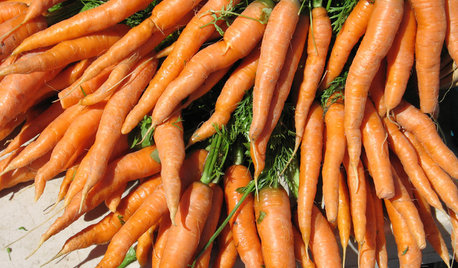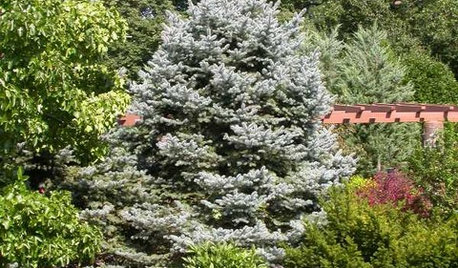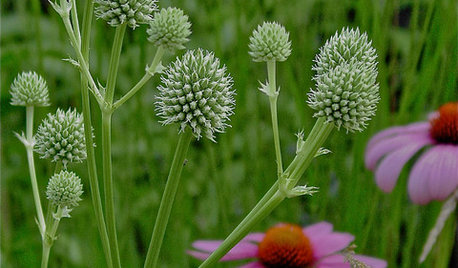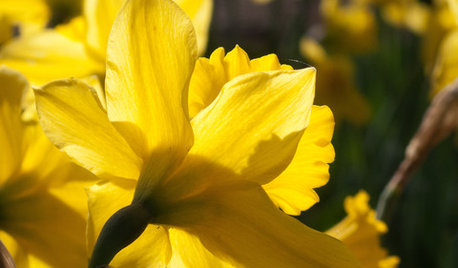all about the ferny leaves of carrot s
freshfields
17 years ago
Related Stories

COOL-SEASON CROPSCool-Season Vegetables: How to Grow Carrots
More than just a bunny food, easy-to-grow carrots add lacy good looks to a fall or spring garden
Full Story
FALL GARDENING5 Ways to Put Fall Leaves to Work in Your Garden
Improve your soil and yard the organic way with a valuable garden booster that grows on trees
Full Story
LANDSCAPE DESIGN10 Evergreens for Beautiful Foliage All Year
Give your landscape consistent color and structure with the emeralds, chartreuses and blues of evergreen trees and shrubs
Full Story
GARDENING GUIDES11 Favorite Edibles for Your Cool-Season Garden
Plant crunchy carrots, crisp radishes, tender peas and other vegetables for fall and spring harvests
Full Story
PETSPet-Proofing Your Home: A Room-by-Room Guide
Not all pet dangers are obvious. Keep furry friends safe and sound by handling all of these potential hazards
Full Story
GARDENING GUIDESGreat Native Plant: Rattlesnake Master for Unique Interest
Serpents actually don’t give a hoot about this prairie wildflower, but insects do — and the foliage is a big draw too
Full Story
GARDENING GUIDESPacific Northwest Gardener's October Checklist
Break up tidying time by planting spring bulbs, tending to veggies and giving leaves a rich new life
Full Story0

LIFEHow to Prepare for and Live With a Power Outage
When electricity loss puts food, water and heat in jeopardy, don't be in the dark about how to stay as safe and comfortable as possible
Full Story
GARDENING GUIDESWe Bust 4 More Native Plant Myths
Have you been taken in by these fallacies about gardening with native plants?
Full Story
OUTDOOR KITCHENSYour Guide to Grills and More for Great Outdoor Cooking
Learn the pros and cons of gas versus charcoal grills, and about neat add-ons that let you do more
Full StorySponsored
Experienced Craftsman & Exceptional Quality Masonry in Franklin County
More Discussions






aberwacky_ar7b
ksrogers
Related Professionals
Winder Landscape Architects & Landscape Designers · Surprise Landscape Contractors · Bergenfield Landscape Contractors · Hawthorne Landscape Contractors · Parker Landscape Contractors · Selden Landscape Contractors · Eastlake Landscape Contractors · Charleston Roofing & Gutters · Georgetown Roofing & Gutters · Sand Springs Roofing & Gutters · St. Louis Roofing & Gutters · Weston Roofing & Gutters · Castro Valley Driveway Installation & Maintenance · Chicago Driveway Installation & Maintenance · Leesburg Driveway Installation & MaintenanceDaisyduckworth
bejay9_10
CA Kate z9
Daisyduckworth
bejay9_10
jimster